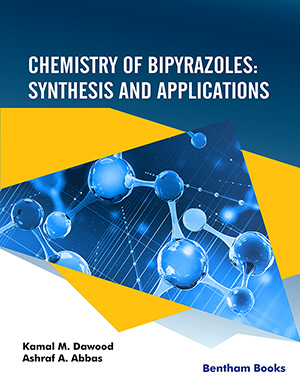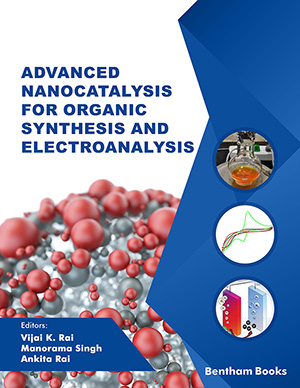
Abstract
Thiophene derivatives, either “small molecules,” oligomers, or polymers, play a role of primary importance among organic semiconductors, therefore, they have numerous and different technological applications in the field of Organic Electronics. For this reason, thiophene-based materials are found in devices, such as Organic Light-Emitting Diodes (OLEDs), Organic Field-Effect Transistors (OFETs), organic solar cells (OSCs), organic photodetectors, etc. Oligothiophenes and polythiophenes have common excellent charge transport properties and synthetic procedures that are now well established. Furthermore, oligothiophenes do not possess the intrinsic disadvantages of polythiophenes, such as the lack of welldefined structures and the inevitable presence of impurities. Electrochemistry can give a significant contribution to the field of oligothiophenes not only by allowing the determination of the Highest-Occupied Molecular Orbital (HOMO) and the Lowest-Unoccupied Molecular Orbital (LUMO) energy levels by the means of Cyclic Voltammetry (CV), but also through rendering oligothiophenes syntheses more expeditiously in comparison with the classical organic ones. This review outlines the application of electrochemistry techniques in the synthesis of oligothiophene derivatives.
Keywords: Anodic dehydrodimerization, oligothiophenes, organic electronics, electrosynthesis, oxidative coupling, small molecules.
 32
32


























